Do you get food obsessions as well?
Mine are so whimsical that I can rapidly shift between favourites regularly, not hanging around too long before a new gastronomic sensation passes my nose and sucks me in. It’s like fashion, how quickly foods or flavours can become the next big thing, yet before you know it, they’re gone again.
Labneh was a ‘thing’ that I’d come across in the past, so you might ask why my interest wasn’t piqued already? I’ll hold my hands up and admit the reason for this was because I had been doing it wrong. The process of making labneh is incredibly easy, you merely take a pot of normal yoghurt and strain it. Simple, non? But how you strain it is important and has a big impact on the final product.

I had put my faith in the internet, but sometimes, the internet lets you down. Because anyone can write whatever they like and it doesn’t need to be correct, accurate or reliable in any way, but you might use it as a reference. I had read somewhere that you can use clean dishcloths to strain yoghurt, so, taking heed of this, I had been labouring to make labneh using those thin blue disposable dishcloths. Well, don’t bother trying, it doesn’t work very well. If anyone reading this can prove otherwise, then I genuinely would love to hear your story, because I tried twice and each time I ended up with yoghurt that was basically no thinker than the consistency I started with.
What you need is cheesecloth. It’s a very loosely woven fabric and is literally made for this job. As with so many little kitchen things like this, I just order from eBay, where it’s ridiculously cheap. Using cheesecloth broke my labneh curse, the first batch was amazing and devoured very quickly with some mango, pistachio and rosewater. I left a second batch longer to strain longer and found a stronger flavoured, rich and thick labneh nestling within the folds of the cheesecloth.
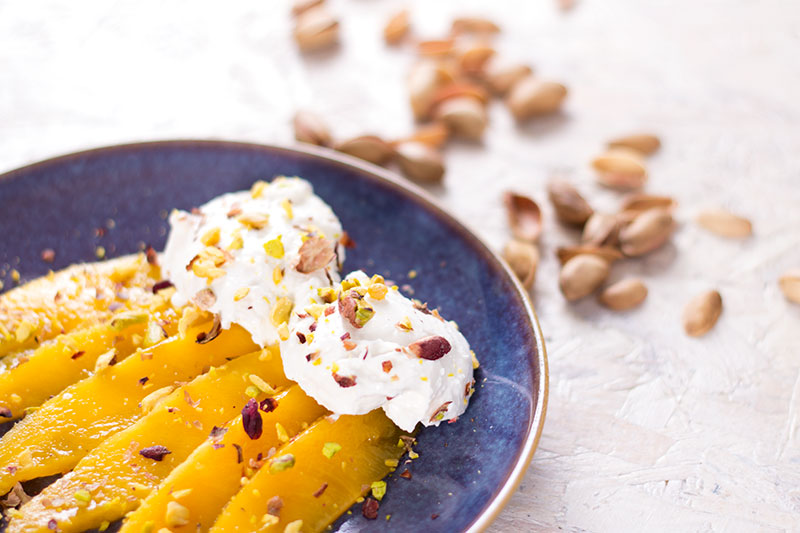
Now I’m hooked and keep some labneh in the fridge at all times, ‘just in case’. Once strained, it keeps for a few weeks in an airtight container and you can immerse the thicker version in olive oil to preserve it for even longer.
It’s a fabulous ingredient to experiment with both in the making and consuming. You can strain it for a short time to produce a greek yoghurt thickness, or you can strain it for a long time to get a tangy, thick, cheese like product. It lends itself to savoury uses as well as sweet, I’ve been having it on desserts, but tonight I’m going to make a salad with it, using it almost in the same way as a soft goat’s cheese.
Just make sure you have a go as it’s great fun, and whatever you do, don’t try and use dishcloths to make labneh!
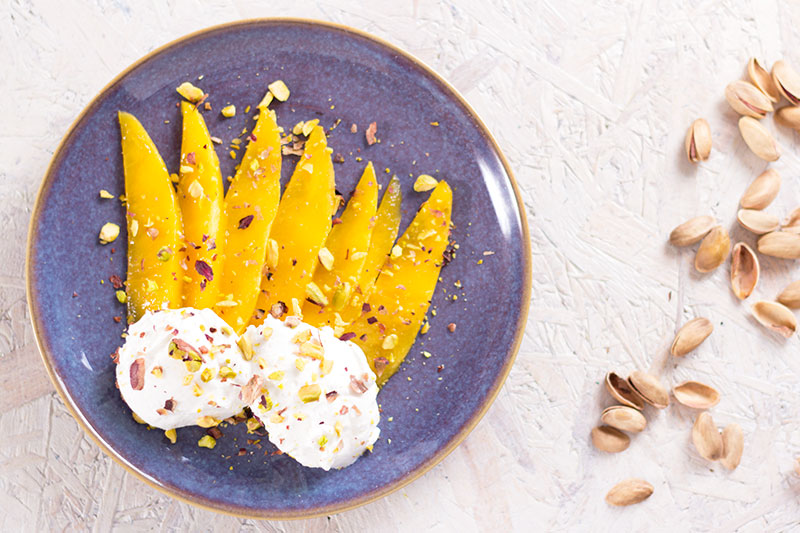
How to make great labneh
By Gavin Wren
Serves 2-4
Uses cheesecloth and cooking string
PDF recipe card to download or print
Ingredients
500ml yoghurt (I’ve tried cow’s, goat’s and sheep’s, all successfully)
Directions
For 500ml yoghurt you will need a square of cheesecloth about 50cm x 50cm. You need to use four layers, so either cut out four squares at 50cm x 50cm and stack them, or take a 100cm x 100cm piece of cheesecloth and fold it down to size.
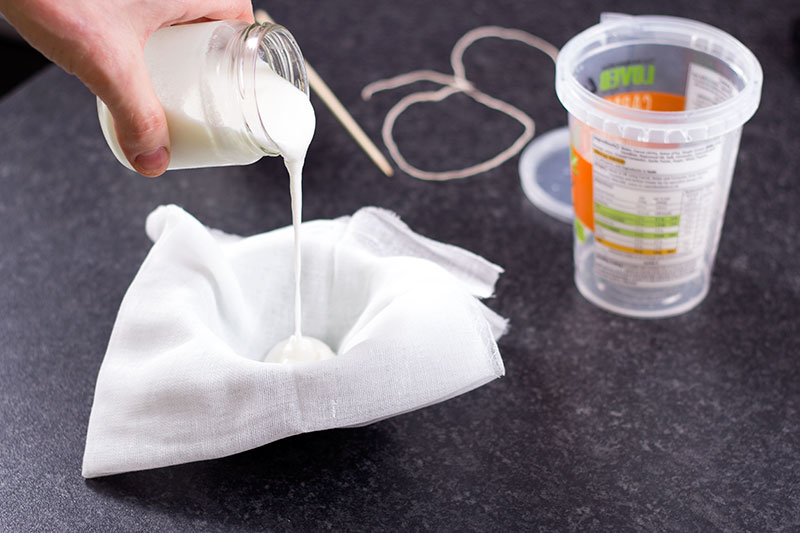
Lay the cloth over a bowl, or sieve. Pour your yoghurt into the middle of the cloth, then gather the corners up and tie them all together, making a pouch.
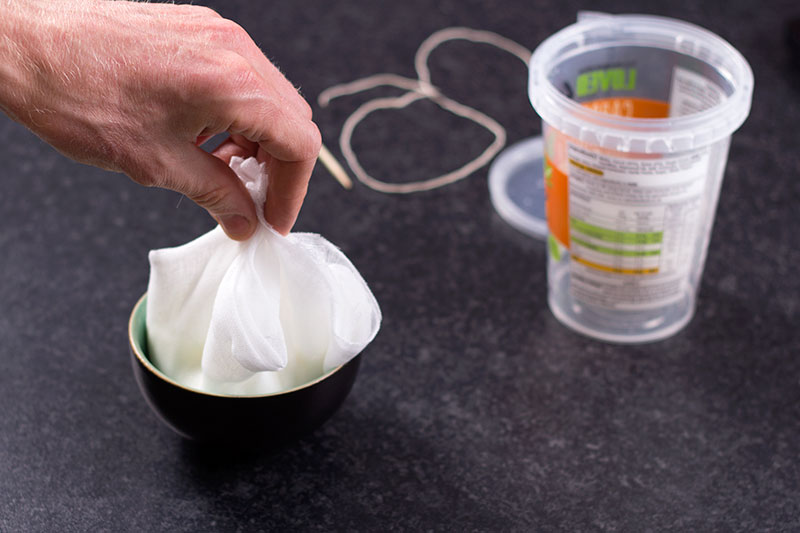
Now suspend this over a bowl and store in the fridge. If you used a sieve, you can simply rest the sieve over a bowl.
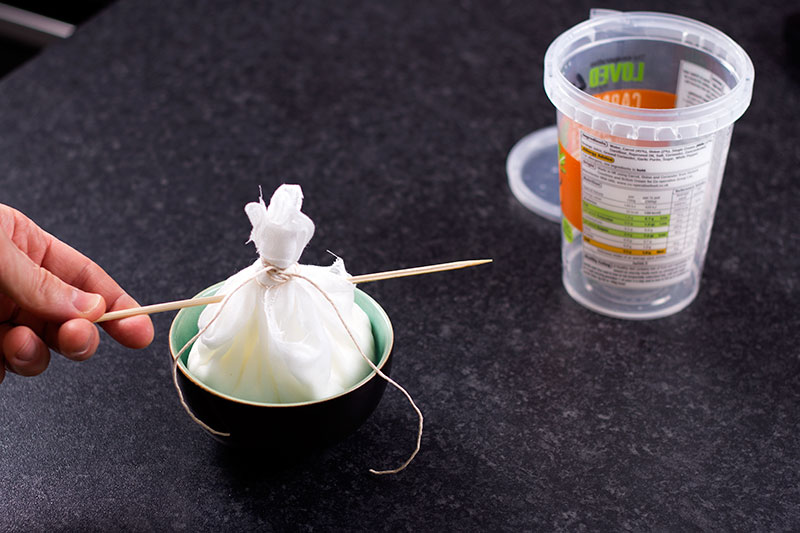
To make labneh, leave it for 24-48 hours, however, if you just want to thicken the yoghurt, a few hours up to 12 should make a noticeable difference.
Check periodically that the extracted liquid (whey) hasn’t reached the bottom of the pouch. You can also give the pouch a little squeeze to tease some more liquid out of it.

Show me the whey!
As this process involves removing the liquid (whey) from the yoghurt, the final amount of labneh will weigh considerably less than the yoghurt you started with. It’s not an exact science and different types of yoghurt will yield different amounts of labneh. It’s important to remember this, because if your recipe requires a certain amount of labneh, you need to over compensate to ensure you ultimately have enough. But there’s no harm in this, as I’ve discovered, having spare labneh is no bad thing.I’ve experimented with both homemade yoghurt and shop bought yoghurt to see how it varies. The shop bought yoghurt resulted in a larger amount of labneh (as a percentage of starting weight) than the homemade yoghurt. Some of my homemade yoghurt reduced in weight by over 50% when straining, however, both yoghurts produced a similar consistency labneh.

